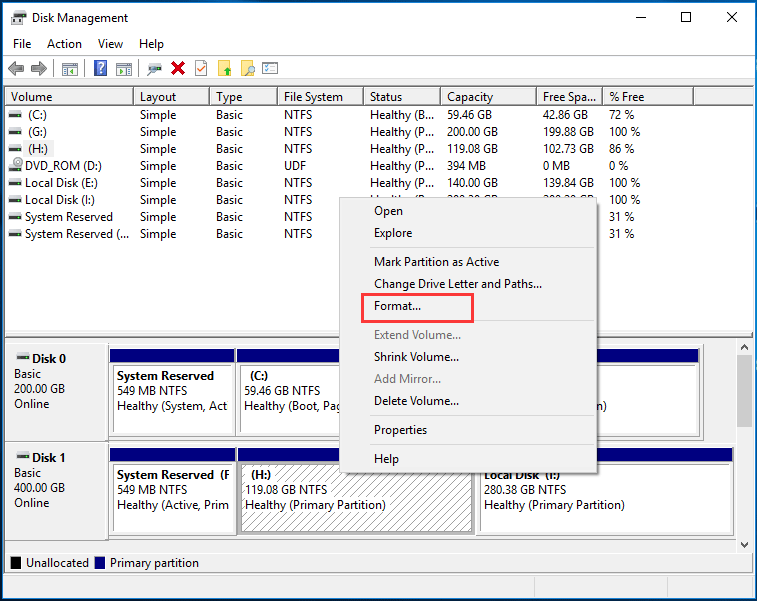

The most responsible thing you can do before recycling a hard drive, or even disposing of one, is to completely erase the hard drive. However, all the data is still there and, unless you truly erase the hard drive, can be recovered using special software or hardware. Remember that erase, delete, wipe, and shred are technically different terms. Since the OS can't see the data, the drive looks empty when you look at its contents.

To truly erase hard drive data forever, you'll have to take some extra steps.Ī common way to "erase" data is to format the hard drive, but you don't actually erase the drive of its data when you do this, but instead only erase the location information for the data, making it "lost" to the operating system. And the deleted data cannot be recovered via usual tools.If you want to completely erase a hard drive, it's not as easy as deleting everything on it.

It will write over every sector on the disk and zero out completely to delete data on the disk. ▸ “clean all” command will erase the drive’s contents securely. This data can be recovered using special data recovery software. But it only marks the data as deleted, not zero the disk. ▸ “clean” command will delete all partitions on the SSD/HDD drive. Both commands can erase or wipe a disk leaving it unallocated and not initialized. When it comes to cleaning SSD/HDD successfully, you can use DiskPart command “ clean” or “ clean all“. Since Windows 7 there is a build utility in Windows that you can use to overwrite your hard disk and completely wipe so the data cannot be recovered.


 0 kommentar(er)
0 kommentar(er)
